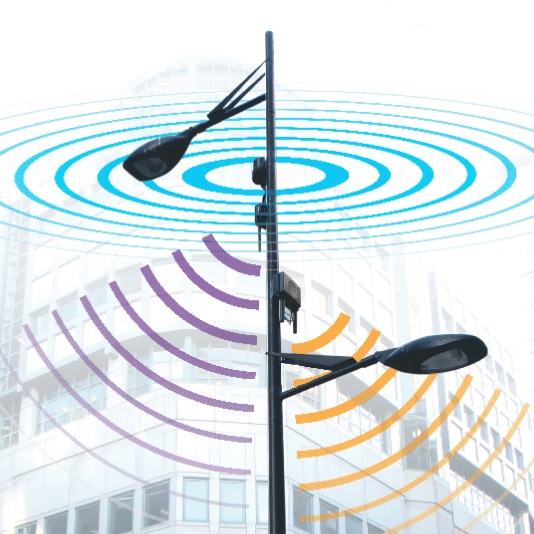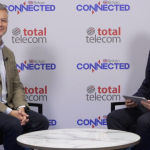Viewpoint
We take a look at the transformational potential of smart cities
It is the ambition of many cities to become a world-class digital and smart city, keeping pace with the ever-increasing demand of data, faster connectivity and the adoption of new technologies. To drive this ambition, it is imperative to create a self-sustained connected environment for all its communities ensuring social inclusion whilst attracting public and private investment.
This connected environment is becoming vital for any commercial infrastructure bringing with it an array of benefits, e.g. attracting more residents, developers and companies to the borough by making it a desirable place to live and work, and creating additional sources of revenue for the council through new business models.
iWireless Solutions has helped councils in the UK to take the first step toward the digital transformation by assisting them in the development of a multi-technology digital infrastructure called “Dark Network Infrastructure”.
Dark Network Infrastructure combines existing council owned street assets, unlit fibre, long range centrally managed power systems and an aggregation point with direct PTP fibre to a secure Data Centre.

Figure 1: Dark network infrastructure and wireless services
Source: iWireless Solutions
These elements are combined to provide a robust infrastructure, which drives the introduction of IoT sensors and wireless technologies, with spare capacity for application servers, Wi-Fi IT cores and co-location facilities. This infrastructure forms a vital long term asset for Local and City Councils and provides a flexible architecture which can create wider opportunities for a fully connected and “future proofed” Smart City.
“Dark Network Infrastructure” would enable councils to tap into new revenue streams from network operators wishing to deploy new wireless systems, whilst also sharing assets, open access full fibre + power and fibre backhaul to the Data Centre. Capex and Opex expenditure can be shared between all parties, leading to a reduction in backhaul connectivity costs for both the local council and businesses. Additionally, Multi Point to Multi Point (MPTMP) wireless mesh backhaul units can be deployed to extend the reach of the system beyond that of the last street column (End Node) and widen the footprint of the service, especially in “hard to dig” areas where costs for new fibre ducts would be significantly higher.

Figure 2: City services benefiting from dark infrastructure
Source: iWireless Solutions
This innovative approach will allow the council to make more efficient use of its infrastructure, to save money in the long-term and to assure the interoperability and easy adoption of new technologies. taking this approach, the council is invited to become a hub of innovation, defining its own path along the smart city journey.
The adoption of this approach, however, requires vision and a major commitment from the council.
To make this a reality, some traditional processes may need to be overhauled, such as procurement of technology, management of the public assets, development of business cases, definition of data policies, and revenue generation. The question that remains is where and how to start. Unfortunately, one answer doesn’t fit all, but let iWireless Solutions help you to find your by speaking to one of our technical specialists by email on techtalk@iwireless-solutions.com or phone us on 01342 305038. We regularly publish technical articles around latest industry trends written by our team of industry experts so keep an eye on our TechTalk page for future articles or follow us on Twitter and LinkedIn.
IWIreless will be exhibiting at this year’s edition of Connected Britain. Come and visit them at stand 14 on the 19th and 20th June.















